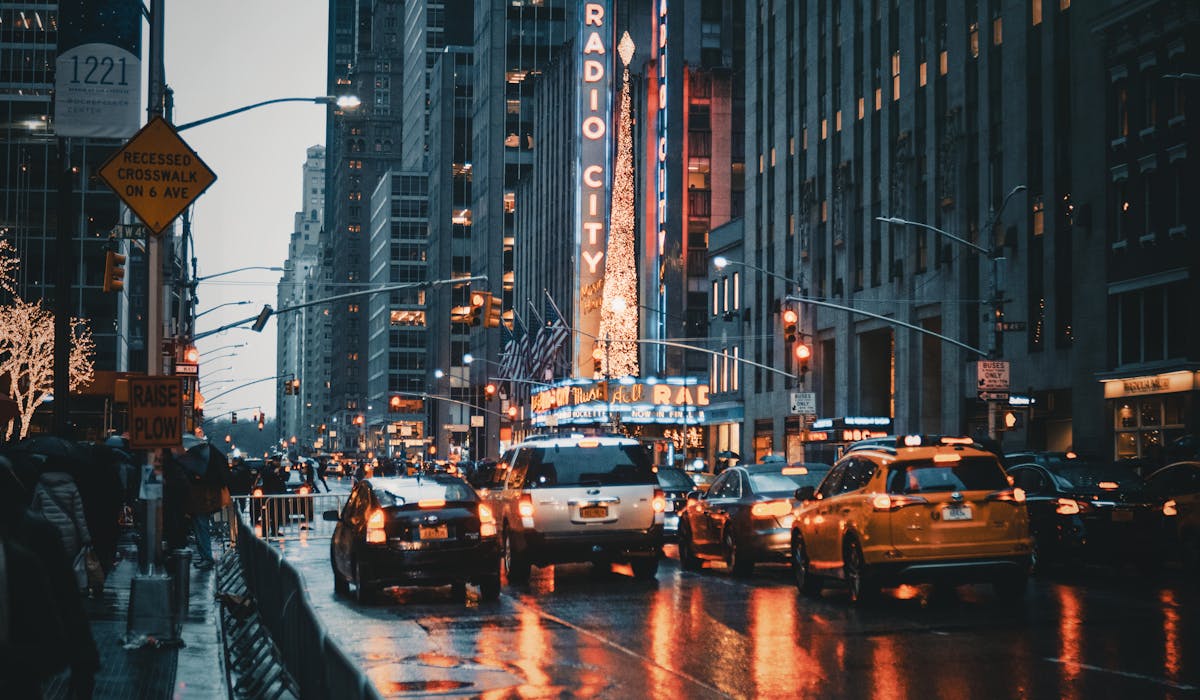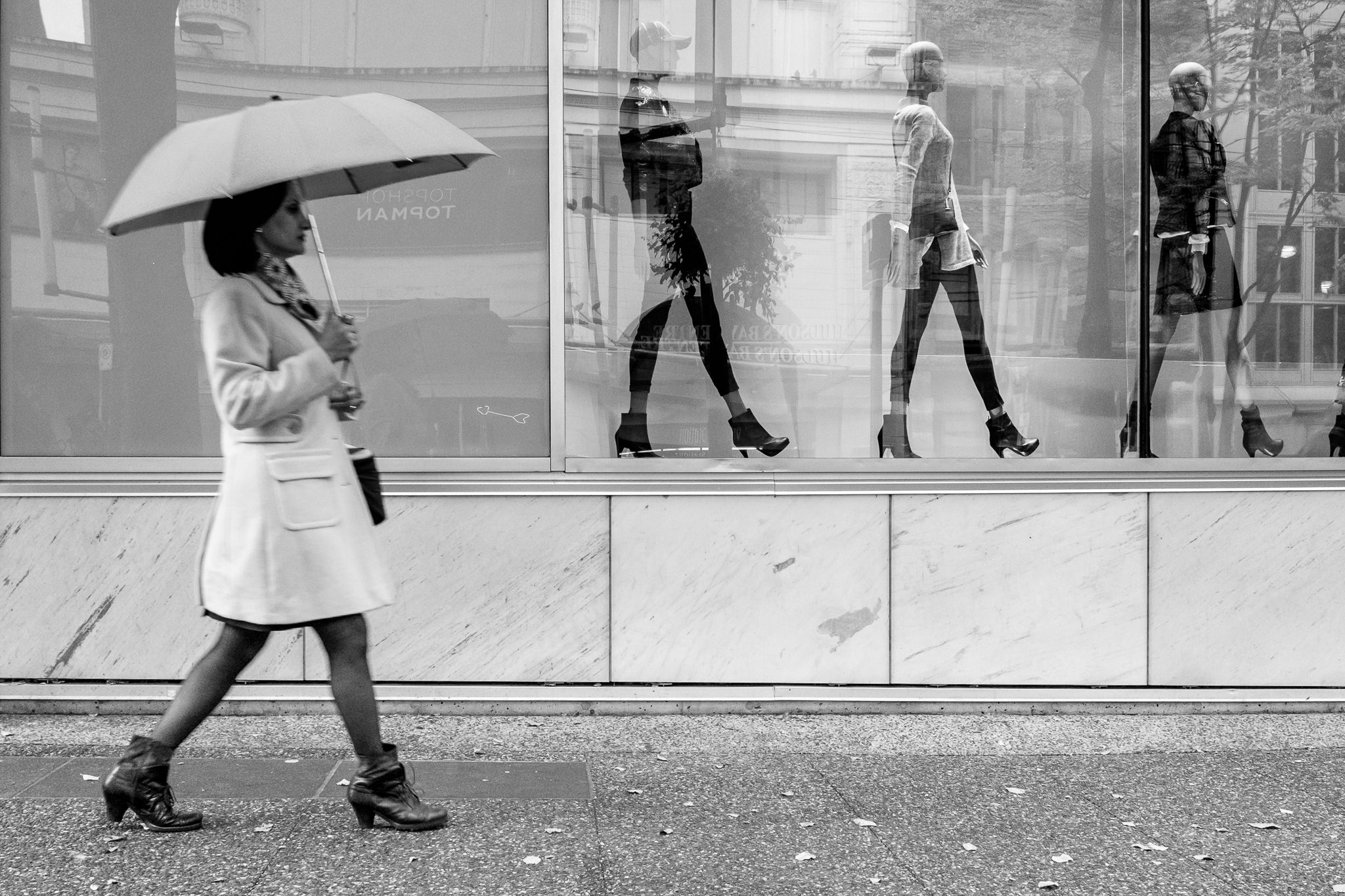Framing Streets Can Be Fun For Everyone
Framing Streets Can Be Fun For Everyone
Blog Article
Little Known Questions About Framing Streets.
Table of ContentsThe Definitive Guide to Framing StreetsSome Ideas on Framing Streets You Need To KnowFraming Streets Fundamentals ExplainedFascination About Framing Streets

Both at the Museum of Modern Art (Mo, MA). Influenced by Frank, in the 1960s Garry Winogrand, Lee Friedlander and Joel Meyerowitz started photographing on the streets of New york city. Phil Coomes, writing for BBC News in 2013, said "For those of us thinking about street digital photography there are a couple of names that stick out and one of those is Garry Winogrand"; movie critic Sean O'Hagan, writing in in 2014, stated "In the 1960s and 70s, he defined road digital photography as a perspective as well as a design and it has laboured in his darkness ever given that, so conclusive are his photographs of New York." Going back to the UK in 1965 from the United States where he had satisfied Winogrand and embraced road photography, Tony Ray-Jones turned a wry eye on usually unique groupings of British individuals on their holidays or taking part in celebrations.
Street photography is a huge genre that can be specified in lots of ways, but it is commonly identified by the spontaneous recording of an unrepeatable, short lived minute, frequently of the daily going-ons of unfamiliar people. It is characteristically fired with broader angle lenses (e. g. 35mm) and typically includes metropolitan environments.
About Framing Streets
Docudrama photographers commonly have a specified, deliberate message and an objective to tape-record specific events in history (https://www.goodreads.com/user/show/174116073-david-turley). The gamut of the docudrama technique encompasses facets of journalism, art, education and learning, sociology and history. In social investigation, docudrama images are usually planned to prompt, or to highlight the requirement for, societal modification
Street photography is typically viewed as unposed and honest, but there are a few road professional photographers who engage with strangers on the streets and take their pictures. Street portraits are unintended portraits taken of unfamiliar people while out doing road photography, however they are seen as positioned because there is interaction with the subject.
e. 'honest digital photography' by meaning) for art functions has actually been controversial. Photographing individuals and areas in public is legal in most nations protecting civil liberty and journalistic liberty. There are generally restrictions on exactly how pictures of people might be made use of and most nations have particular legislations regarding individuals's privacy.
Top Guidelines Of Framing Streets
The right to privacy is protected by Write-up 8 of the convention. In the context of digital photography, it stands up in arms to the Article 10 Of liberty of expression. Courts will typically consider the public interest in balancing the rights through the legal examination of symmetry. While also restricting digital photography in order to secure personal privacy legal rights, street photography can still be legal in France when pursued as an art form under particular situations.

. who simply wandered right into a scene), or who are not also identifiable in the photo. https://framingstreets1.carrd.co/. It additionally does not normally prolong to people who are public figures (e. g - Best Zoom Lens. political leaders or celebs). If a photo is taken into consideration art, the courts will certainly additionally consider the photographer's freedom of imaginative expression; meaning that "artistic" road digital photography can still be legitimately released in particular instances
The smart Trick of Framing Streets That Nobody is Discussing
In Greece the right to take pictures and release them or offer licensing civil liberties over them as art or editorial content is shielded by the Constitution of Greece (Post 14 and other write-ups) and totally free speech regulations in addition to by instance regulation and legal situations. Photographing the authorities and publishing the pictures is also legal.
In Hungary, from 15 March 2014 any person taking pictures is practically damaging the regulation if a person wanders into shot, under a new civil code that disallows taking images without the permission of everyone in the photograph - sony a7iv. This increases the regulation on grant consist of the taking of photographs, in enhancement to their publication
'Hidden digital photography' (kakushidori concealed, surreptitious digital photography) 'stolen photography' (nusumitori without intention of getting consent) and "fast photography' (hayayori prior to permission why not try this out and rejection can be provided) are forbidden unless in the former permission is gotten from the subject quickly after taking the photo. Individuals have civil liberties to their photos (shzken, droit de photo).
Report this page